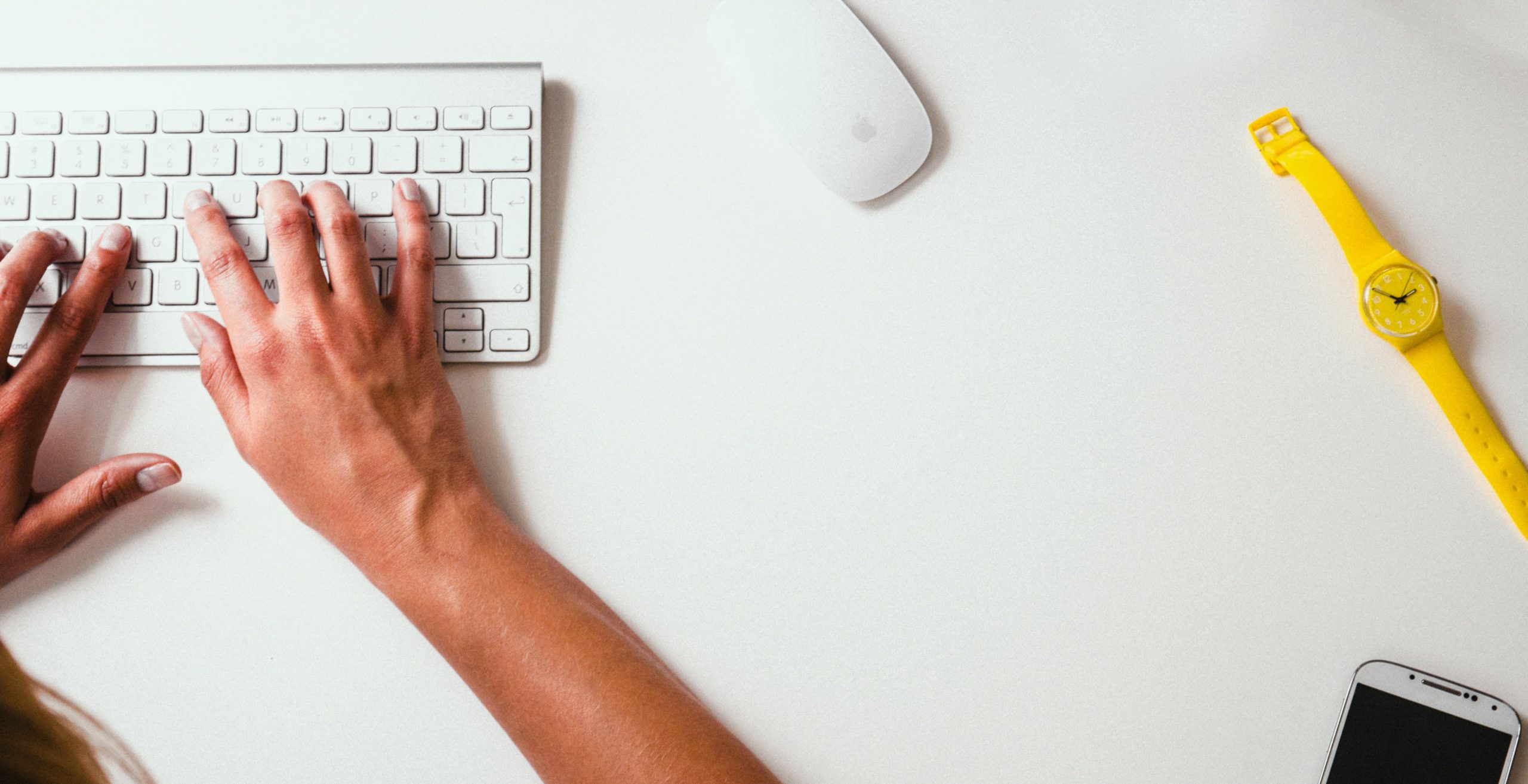Why is this important? According to Common Sense Media, the human body, especially one that is in the developmental stages, needs physical activity and brain breaks. The stress of being online for most of our waking hours can have negative health consequences like depression, eye strain, lack of adequate sleep, back pain, poor posture, poor circulation, and even carpal tunnel.
To emphasize balance, encourage students to participate in clubs, sports, and other extracurricular activities. At home, students can find balance by using a timer set for digital breaks, family game nights, family meals, walks, reading, journaling, or daily chores. It’s important to have meaningful conversations about digital balance and that these are modeled as well.
The article 3 Tips for Balanced Digital Wellness by Tracy Beckett has some great ideas on encouraging balance for our students. First, start discussions with your students about social media and the effects it has on their mental health, sleeping, friendships, and overall health and wellness. Second, think positively. This means having discussions about what can be done while offline, like making connections with peers and setting personal goals, and still having time online. Third, is building healthy habits like encouraging better sleep habits, setting challenges to take tech study breaks, and promoting overall wellness activities like mindful breathing and movement.
There are many age-appropriate resources available to help start conversations with learners of all ages. For example, I love to show my grandsons, ages 3 and 7, the Ruff Ruffman: Technology and You! video. They love the animation and laugh out loud at Ruff Ruffman, and I am able to discuss the concepts Ruff introduces as we watch the video together.
As for older students and parents, eMediaVA has a wide variety of resources that can be used to educate, start conversations, and continue exploring digital balance. I have included these links below. It’s important to have these conversations with our learners on their technology use and how it impacts them mentally and physically. Adults must also model these habits if we want our students and children to recognize the importance of digital balance for their own lives.
eMediaVA Resources:
Social Media Digital Footprint
Ruff Ruffman: Technology and You!
Online Safety and Digital Citizenship
Digital Parenting: Protecting and Empowering Kids
Denyse Phelps is a librarian at James Wood High School in Frederick County Public Schools and an eMediaVA Ambassador.
